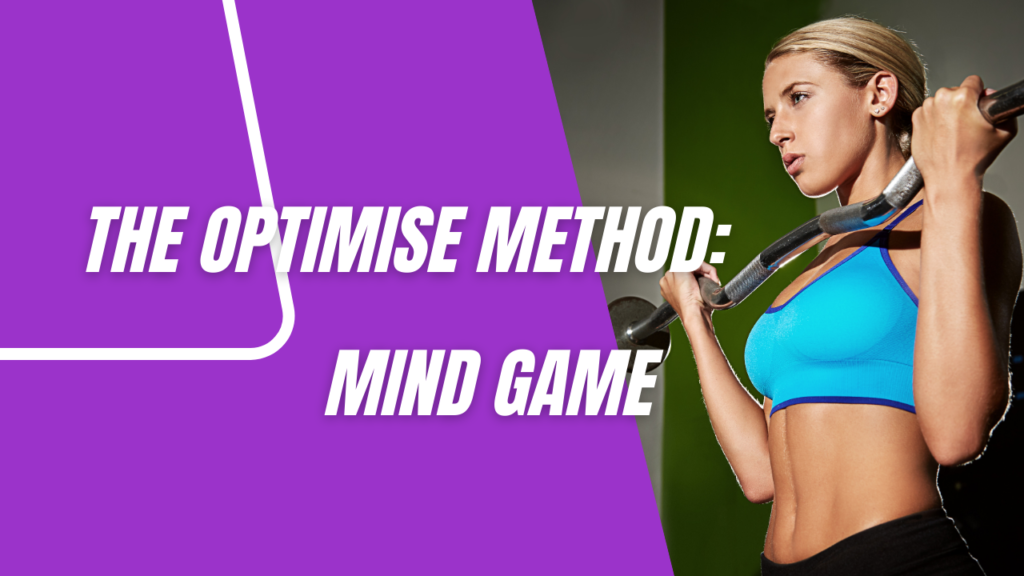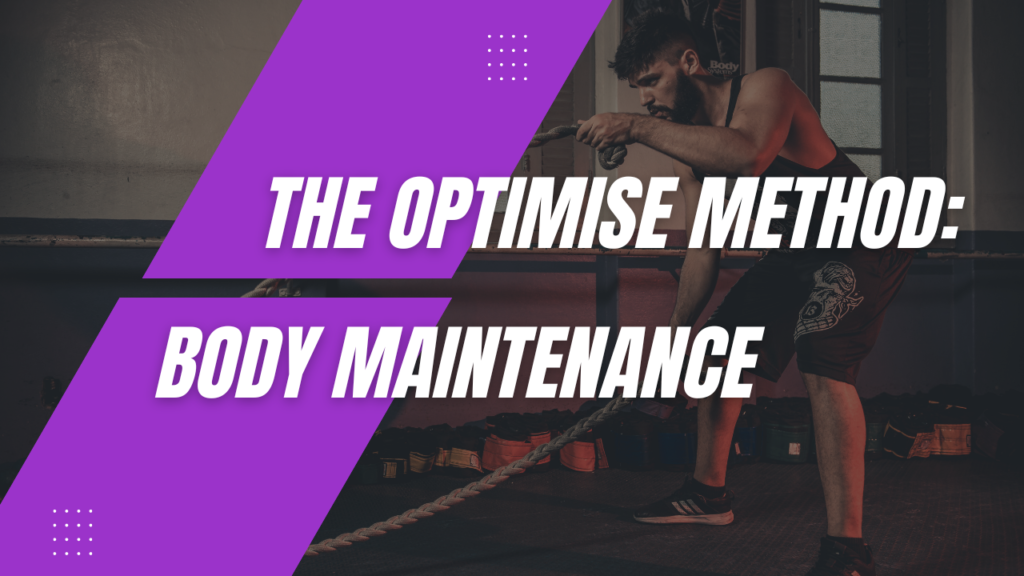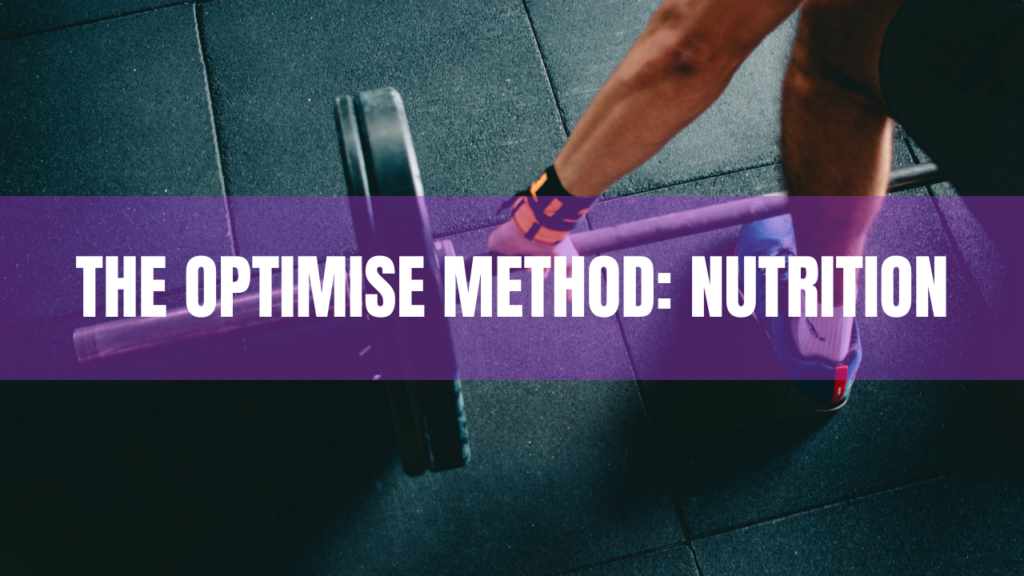I have a love-hate relationship with cardio. I love it but I really hate seeing others do it. The reason for my dislike is the hours I see others wasting while pounding out km after km all the while not seeing any results.
In the gym I train at I see regular faces on the treadmills, ellipticals and bikes day after day, week after week, month after month and yes, year after year and you guessed right, with absolutely no change to their physiques.
The old adage of doing the same thing over and over and expecting a different result rings in my head every time I see this.
Ok a few of these people are possibly running for speed gains so what they’re doing may have a purpose but even these people I want to stop them and say, “you’ll run faster if you lose a few more kilos”.
There are 3 things you can start doing that will improve your cardio gains out of sight.
Firstly, what are you trying to get out of your cardio? Weight or fat loss? Speed gains?
If you’re looking to lose weight or fat then stop doing steady state cardio, it doesn’t work anywhere near as well as intervals. Intervals at 30, 45 or-60 seconds work:rest will spike growth hormone plus utilise fat substrate for energy so it’s a win-win.
Remember you must work maximally when doing the intervals and the maximum number of repeat runs you can do will be in the 10-15 range. The most time these intervals will take you is 10-15 minutes, if you’re really fit maybe 20 but that’s it. The key to doing good interval training as I have said is you must work as hard as you can in the work period otherwise it’s wasting your time.
And the absolute beauty of repeat sprints is they will also make you faster. With a bit of tweaking this type of training can apply to not only weight/fat loss but also athletic performance. How awesome is that?
The brevity of a great interval session means it will leave you more time for other work in the gym.
Second, use different equipment for your cardio.
The treadmill is my least favourite piece of gym equipment for several reasons and if you have a love affair with it I hope you end that relationship soon! Biomechanically, the tread on the mill moves and you lift your feet (and obviously don’t have any forward movement) meaning your kinetic chain, being the joints, muscles and bones of your human form, do not work the way they’re intended to. Our kinetic chain works to propel us forward, the hips especially play an important role in this movement pattern (I’ve referred to this in the past, it’s gait, one of the 7 human movement patterns).
On a treadmill we don’t have to gait because the tread moves below us so we simply lift our feet.
I don’t believe there have been any studies on this as there would be no commercial benefit. There was a time I guess when we did research to determine if something was good for us or not, whether the outcome of the research made money or not. Sadly as the world demonstrates to us time and again, there’s very little research done these days without there being money to be made out of it. So research undertaken to better understand the deleterious effects of the overuse of treadmills due to what I believe to be significant gait impingement won’t be undertaken anytime soon. And this is a shame because I believe there’s a number of chronic injuries that could be traced back to the “lazy” pattern we adopt when we are running on a device that doesn’t require us to gait. No gait no hip rotation, no hip rotation and any number of muscles such as the glutes (max and med), hamstrings, calves, adductors and most importantly the psoas, could end up with dysfunction. A lot can go wrong.
Alternatively you could go outside and run, lamp post to lamp post sprint and walk or repeat hill sprints. In the gym you could row or use the air bike (aka the Vomitron in CrossFit circles….
You could do repeat burpees, squat or lunge jumps, there are a number of ways to do interval cardio workouts.
Third, record your sessions.
Time of day, equipment, protocol, personal performance rating, timings, calories, max speeds/reps, everything. Reviewing this data regularly will tell you how you are doing. “If you ain’t assessing, you are guessing”. Don’t guess, record it and beat it next time!





